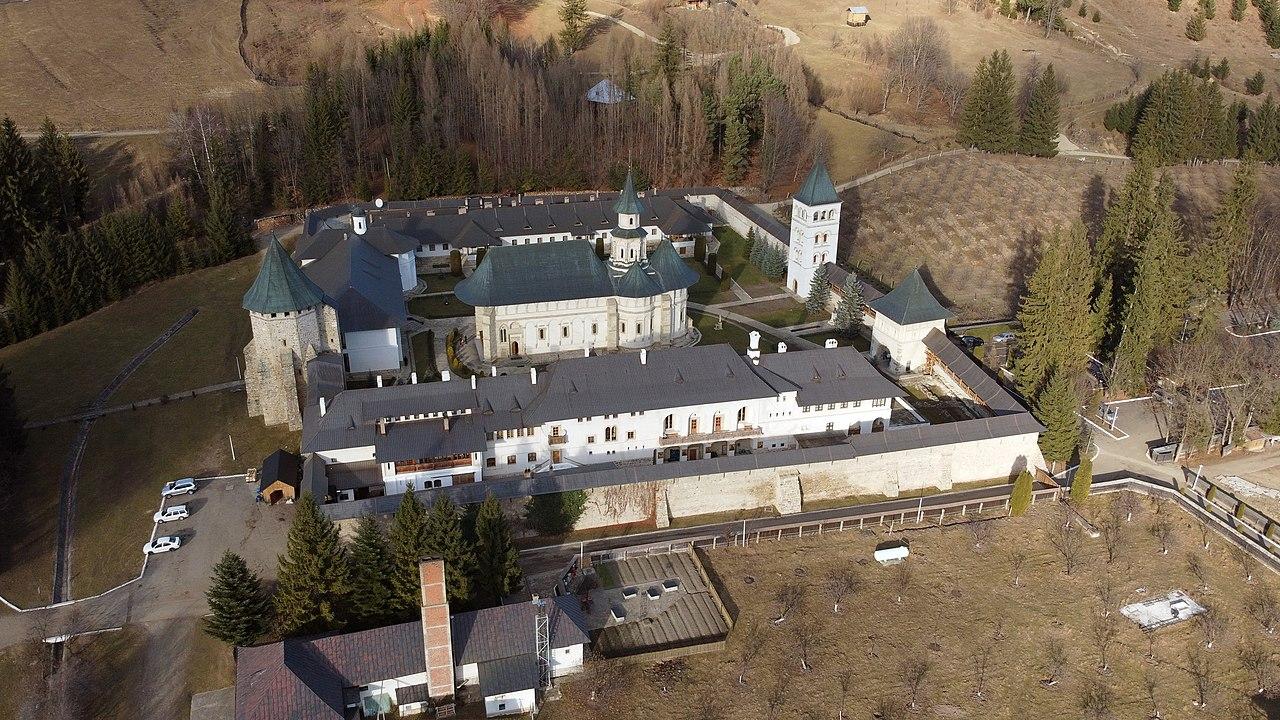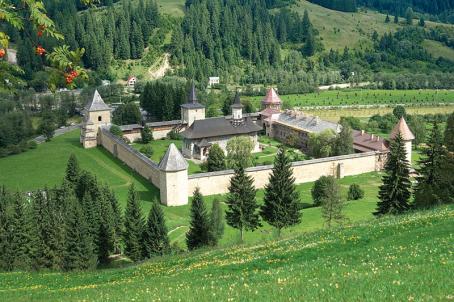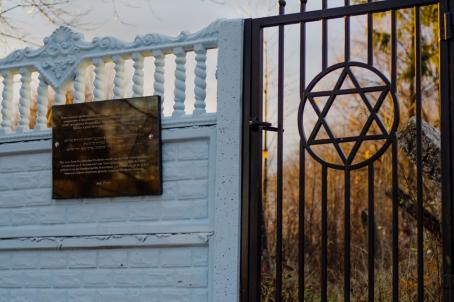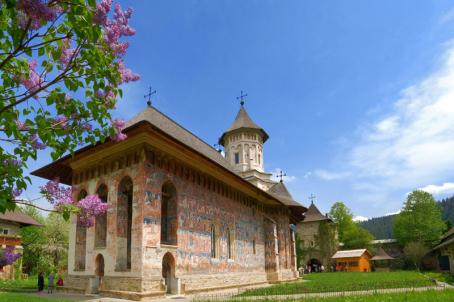Putna Monastery
The Romanian Orthodox Monastery of Putna was founded by the Moldavian ruler Stephen the Great after his victory over the fortress Kilia at the Danube delta and consecrated to the Virgen in 1470. Stephen himself was buried in the monastery, and his tomb is a lively pilgrimage site now.
About this building
This site is part of the European Cultural Itinerary of Saints Cyril and Methodius. More information: https://www.cyril-methodius.cz/cyril-and-methodius-heritage/






